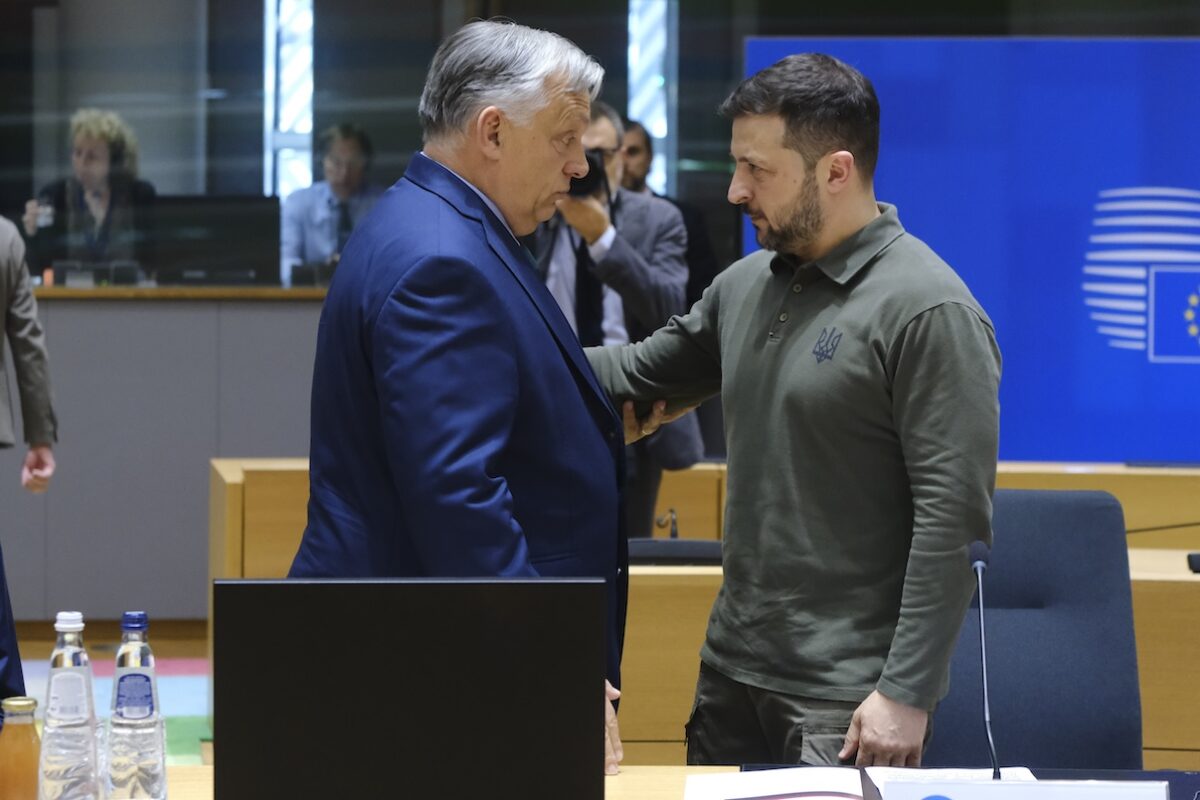The European Union is nothing if not a behemoth of bureaucracy and compromise. It is not easily riled. It takes a lot to push the bloc to the edge of its diplomatic patience.
However, Hungary, under the leadership of Viktor Orbán, seems to be testing these limits with alarming frequency and intensity.
When Hungary assumed the rotating six-month presidency of the Council of the EU at the beginning of July, it created a paradox of epic proportions. It was akin to appointing a fox to oversee a henhouse. Orbán, with his increasingly autocratic tendencies and habitual flouting of EU norms, is now at the helm of an institution he appears to hold in contempt.
Furthermore, the presidency is not just symbolic; it puts Hungary in a position to influence the EU’s agenda and wield considerable soft power.
The narrative is wearing thin
Hungary’s opposition to much of the EU’s agenda has rarely been subtle. It is stark. Orbán’s government has consistently clashed with Brussels over issues ranging from judicial independence and media freedom to anti-LGBT+ laws and corruption. Most recently, Hungary has been a thorn in the EU’s side over its support for Ukraine, consistently blocking resolutions and even funding for Kyiv.
These disputes have led to Hungary regularly being branded as the EU’s problem child. The situation escalated in 2022 when the EU froze billions of euros in funds allocated to Hungary due to concerns over corruption and the rule of law.
Some of this funding was released in December 2023 after the European Commission declared that Hungary could start claiming reimbursements on projects worth up to 10.2 billion euros after finding it had fulfilled conditions regarding the independence of its judiciary.
Additional EU funds totaling almost 12 billion euros and further billions in Covid-19 recovery aid remain blocked because breaches “in the areas of public procurement, prosecutorial action, conflict of interest, the fight against corruption and public interest trusts” were not addressed, according to the Commission.
“Overall,” the commission said in December, “the funding that remains locked for Hungary amounts to around 21 billion euros.”
‘A symbolic signal’
Orbán’s response has been predictable: a mix of defiance and victimhood. He portrays Hungary as a lone defender of national sovereignty against an overreaching EU. However, this narrative is wearing thin, both domestically and internationally.
This week, the EU took the unprecedented step of stripping Hungary of the right to host the next meeting of foreign and defence ministers over its stance on the war in Ukraine. Originally set to be held in Budapest, the meetings will now take place in Brussels.
The move follows a meeting Orbán held with Russian President Vladimir Putin in Moscow earlier this month. While Orbán called the trip a “peace mission”, European Commission President Ursula von der Leyen described it as “nothing but an appeasement mission”, with the EU’s outgoing foreign policy chief, Josep Borell, saying that Orbán’s actions should have “consequences” and that “we have to send a signal, even if it is a symbolic signal”.
Borell also took the opportunity to denounce Hungary’s ongoing veto of the EU’s military assistance for Ukraine, which currently affects 6.6 billion euros in reimbursements.
Hungary responded by describing the move as “completely childish”.
A creaking economy
Hungary’s economy is feeling the pinch of its estrangement from the EUand its poor performance in recent years has arguably hit conservative Hungarians— Orbán’s core support—hardest.
Energy subsidies which have provided Hungarians with some of Europe’s cheapest gas and electricity have kept most onside, but recent years have seen the Hungarian forint undergo significant depreciation, affecting the cost of imports and contributing to inflationary pressures.
High inflation rates—although now far lower than their peak of 17.5 per cent in early 2023—have eroded purchasing power, impacting everyday Hungarians more than Orbán would have liked.
There are also grumblings from small businesses, less than pleased at the way Orbán’s government has prioritised FDI from major global corporations, including giants in the automotive industry such as Audi, BMW, and Mercedes-Benz. These investments have been heralded as major victories for Orbán’s party Fidesz, promising job creation and economic stimulation, and serving as proof that his self-confessed illiberal social policies are no barrier to investment.
The government’s FDI strategy has included offering generous tax incentives, creating favourable investment conditions, and emphasising Hungary’s strategic location in Central Europe as an asset for logistical operations. Broadly, the strategy has worked. However, despite these investments, Hungary’s economic growth has been uneven and, by several measures, underwhelming when compared to its Central and Eastern European peers – not least neighbouring Romania.
According to BNP Paribas, a bank, “Hungary has one of the worst performing economies in the region”. GDP fell by 0.9 per cent in 2023. The Organisation for Economic Co-operation and Development (OECD) expects a slight recovery this year, to 2.4 per cent, but in a recent report warned that the pace of disinflation, future energy prices, and the delivery of EU funds dependent on further reforms pose risks to the outlook.
Oil row
Moreover, Hungary’s reliance on Russian energy has further complicated its economic landscape. While the rest of Europe scrambles to diversify its energy sources in response to the Ukraine crisis, Hungary remains tethered to Moscow. This dependency not only undermines EU solidarity but also leaves Hungary vulnerable to geopolitical shocks.
Last month, Kyiv adopted sanctions blocking the transit to Central Europe of crude oil sold by Moscow’s largest private oil firm, Lukoil, sparking fears of supply shortages in Budapest. Hungary relies on Moscow for 70 per cent of its oil imports—and on Lukoil for half that amount.
Ironically, Hungary now wants the EU to intervene on its behalf.
“Ukraine’s decision fundamentally threatens the security of supply in Hungary,” the country’s Foreign Minister Péter Szijjártó said on Monday at a meeting of EU envoys in Brussels.
“This is an unacceptable step on the part of Ukraine, a country that wants to be a member of the European Union, and with a single decision puts the oil supply in danger.”
Slovakia has also said that could be affected by Ukraine’s partial ban on Russian crude exports passing through the country. Moscow accounted for 88 per cent of Slovakia’s oil imports in 2023.
Perhaps Szijjártó could bring some oil back in his luggage from one of his regular trips to Moscow.
Photo: © European Union.







